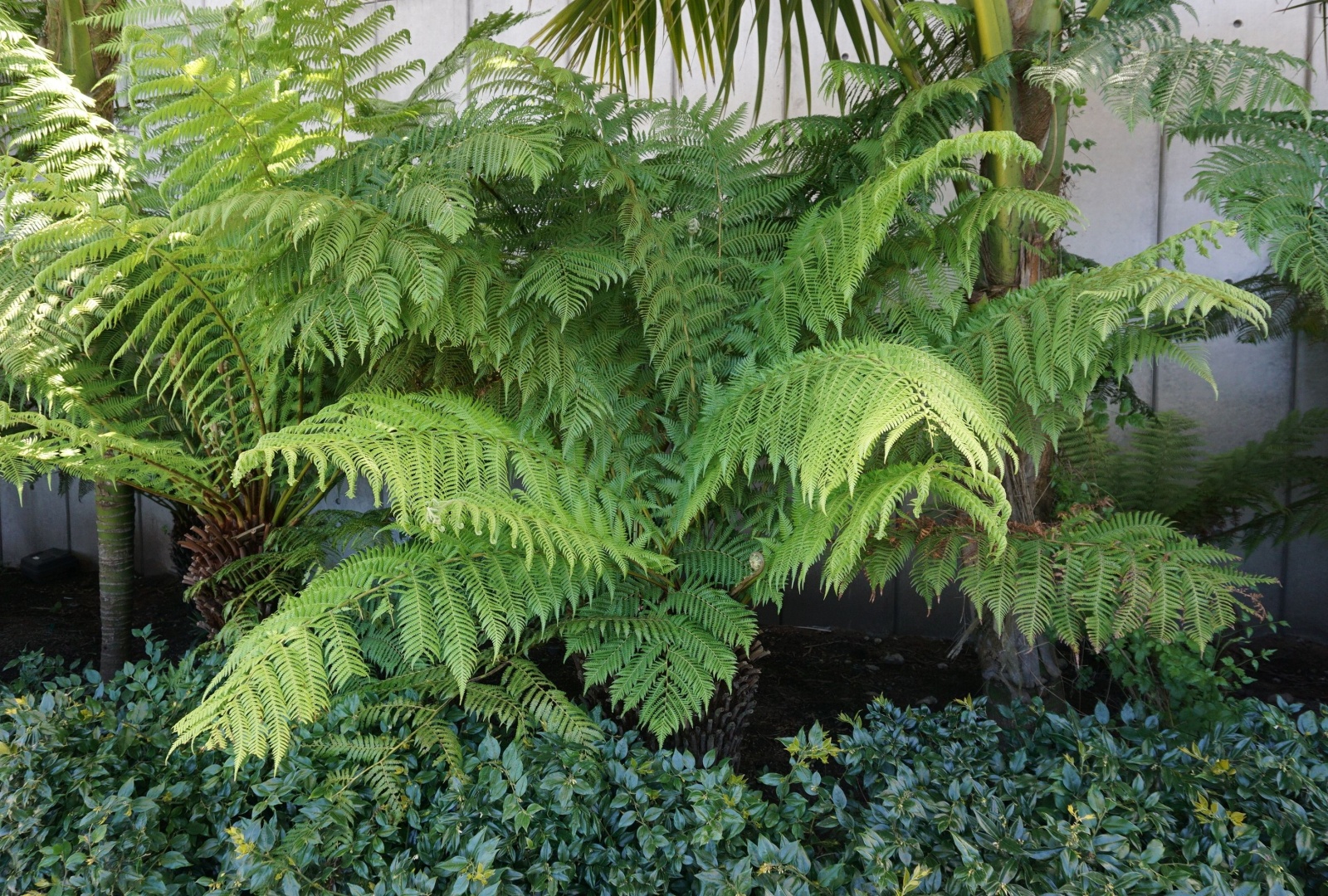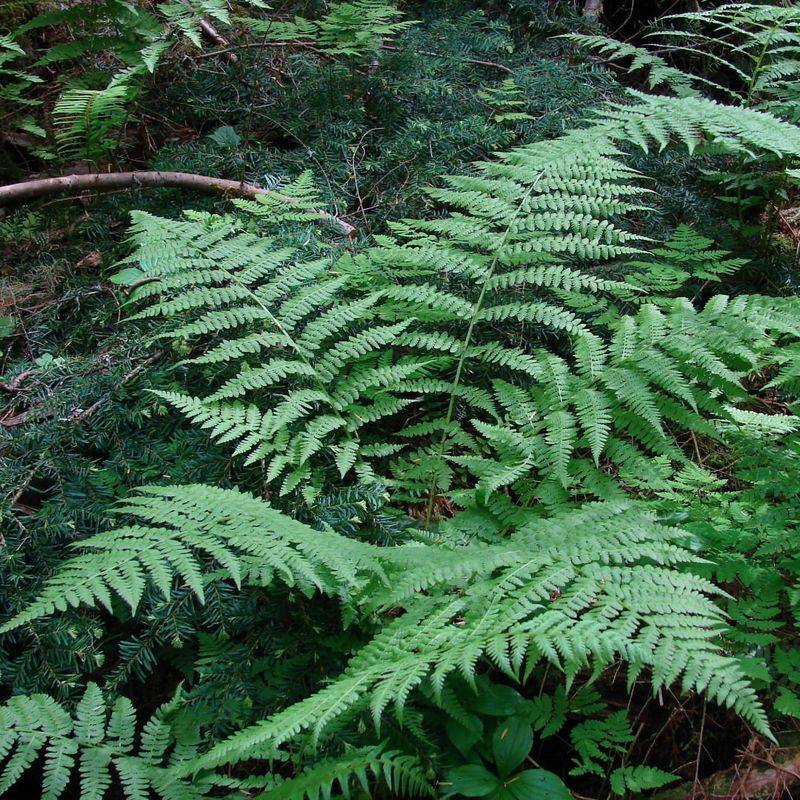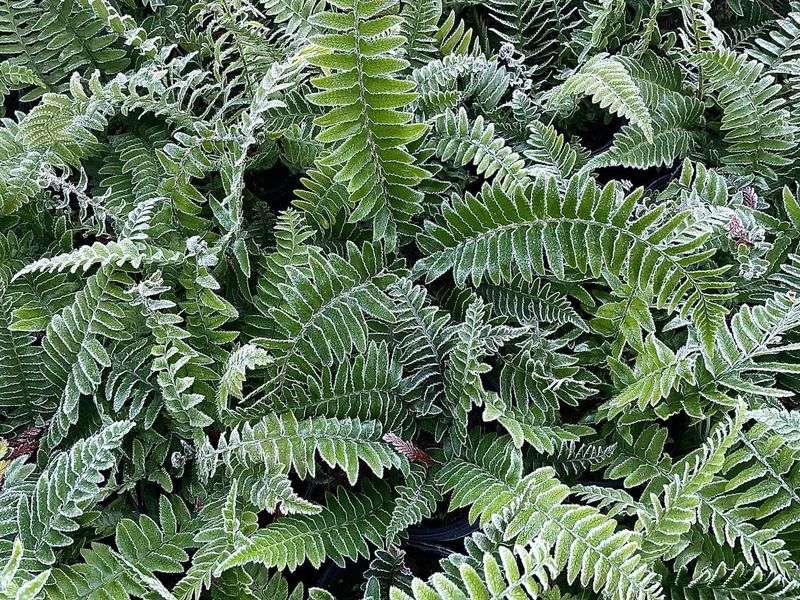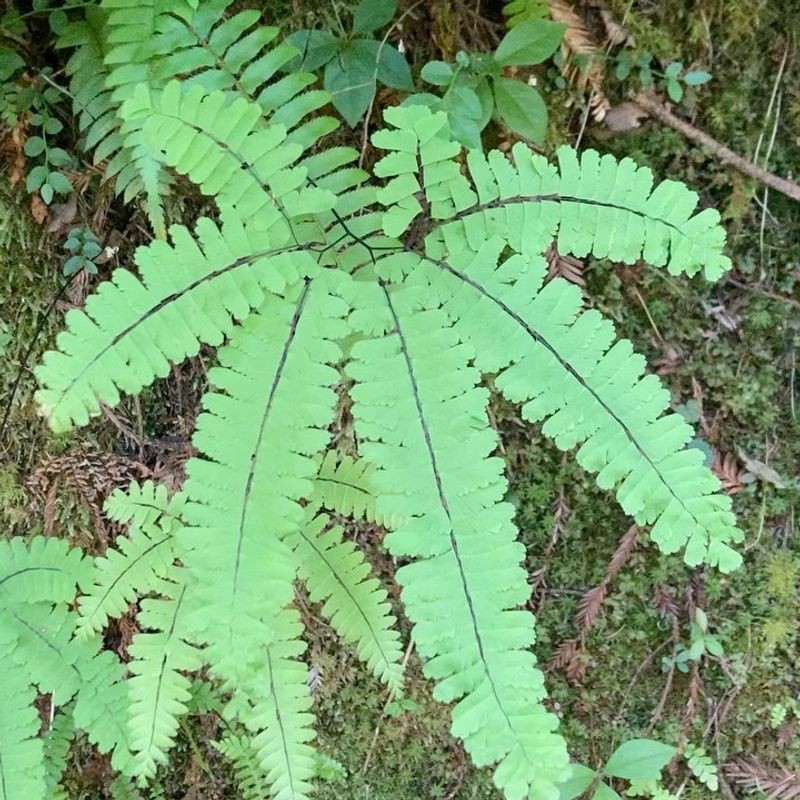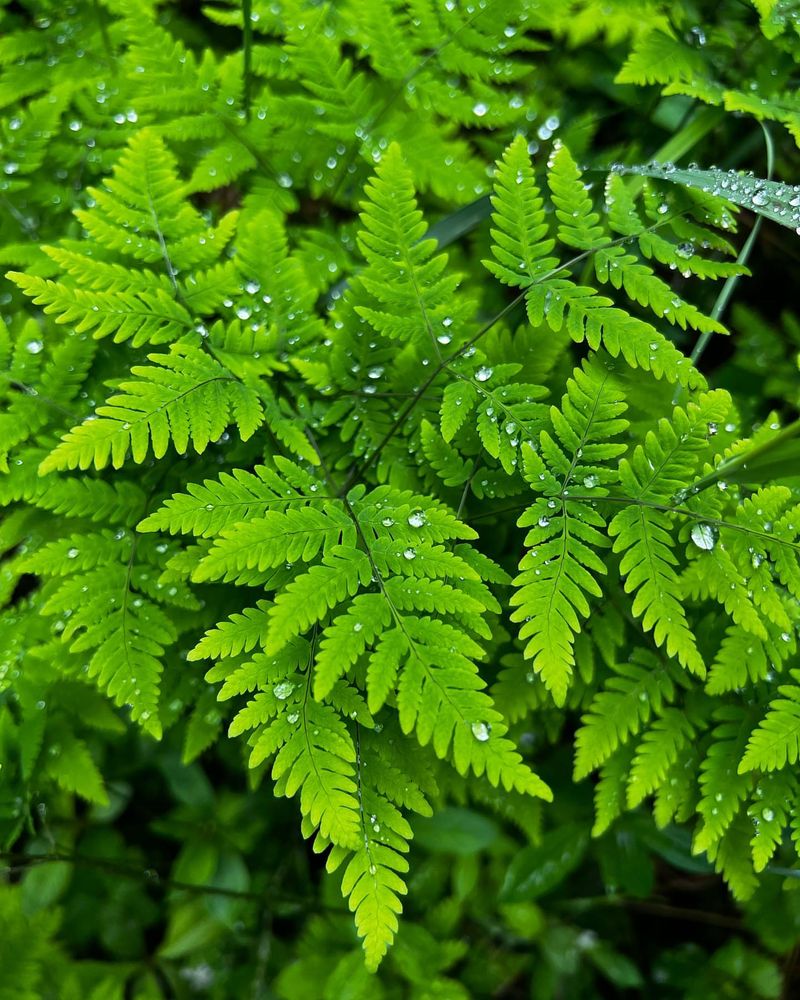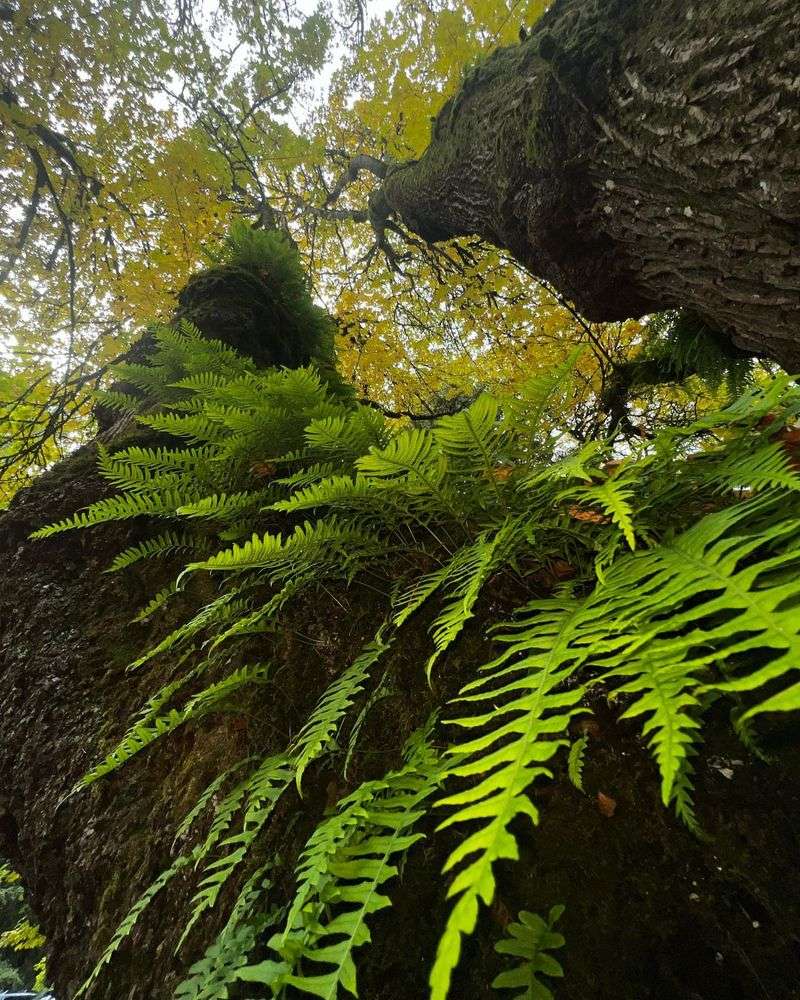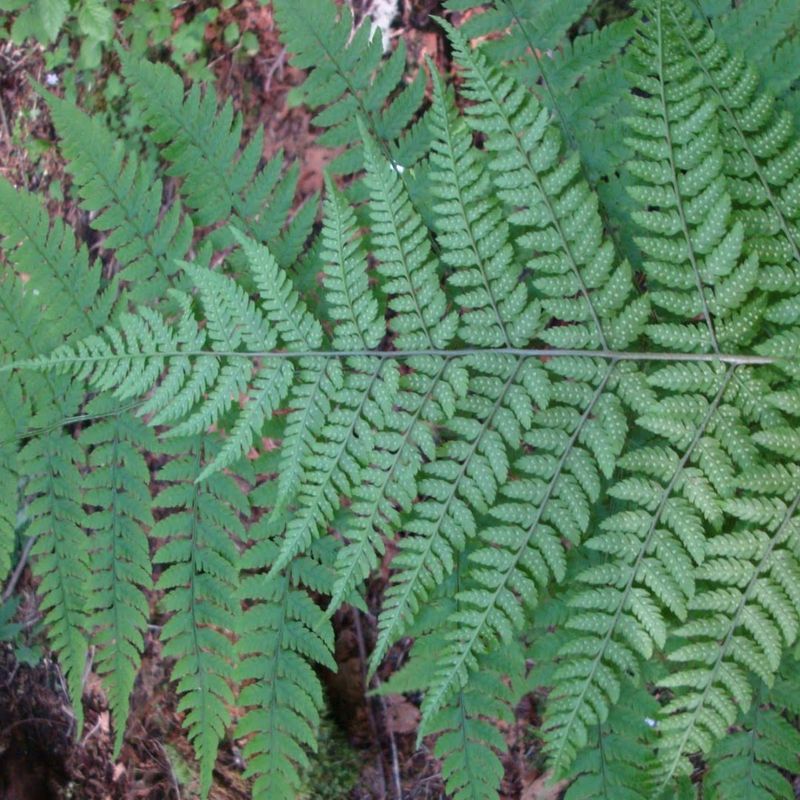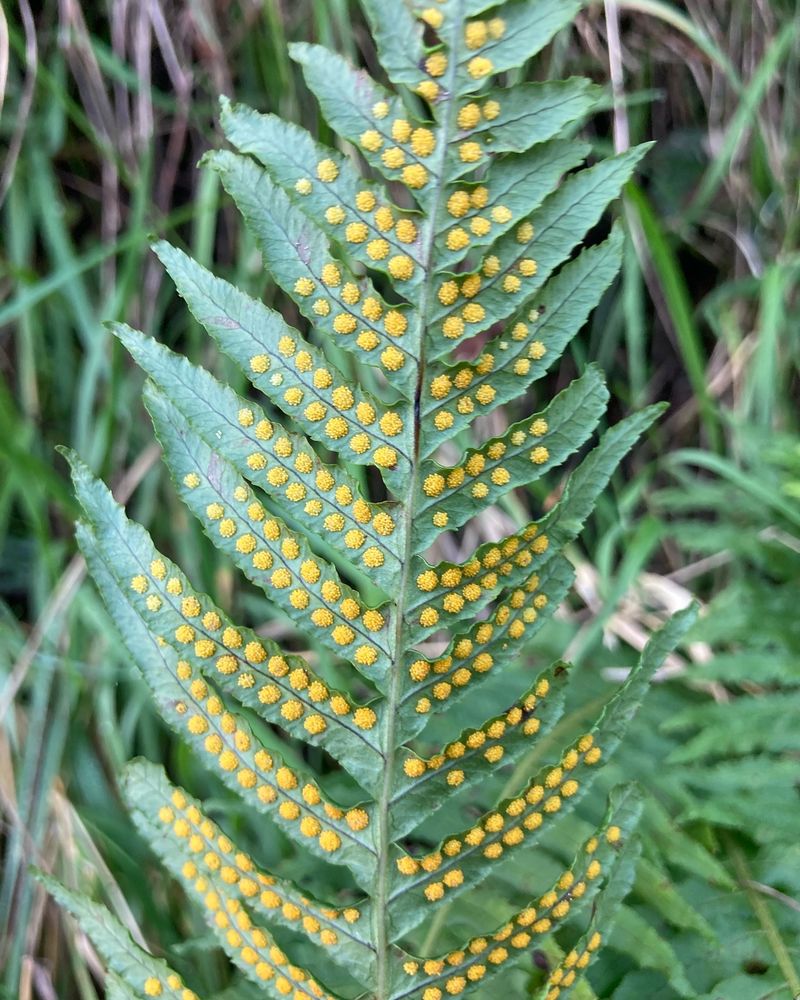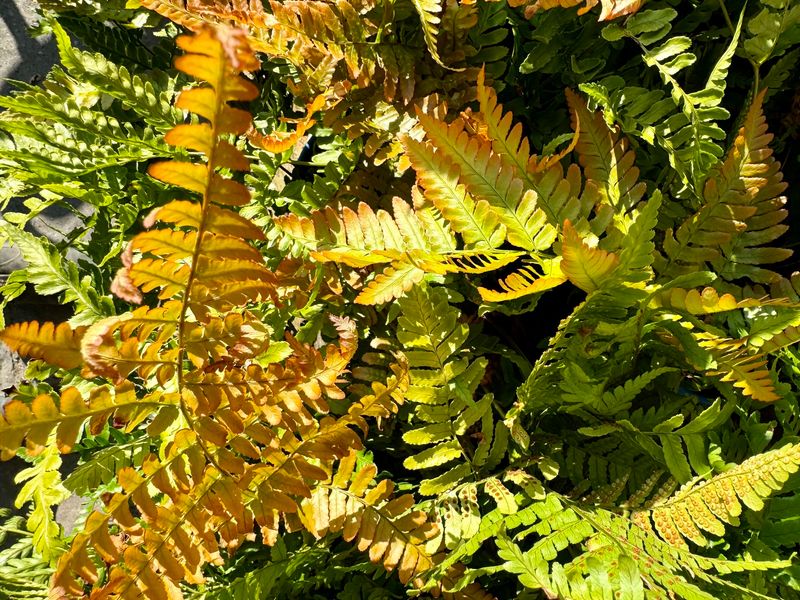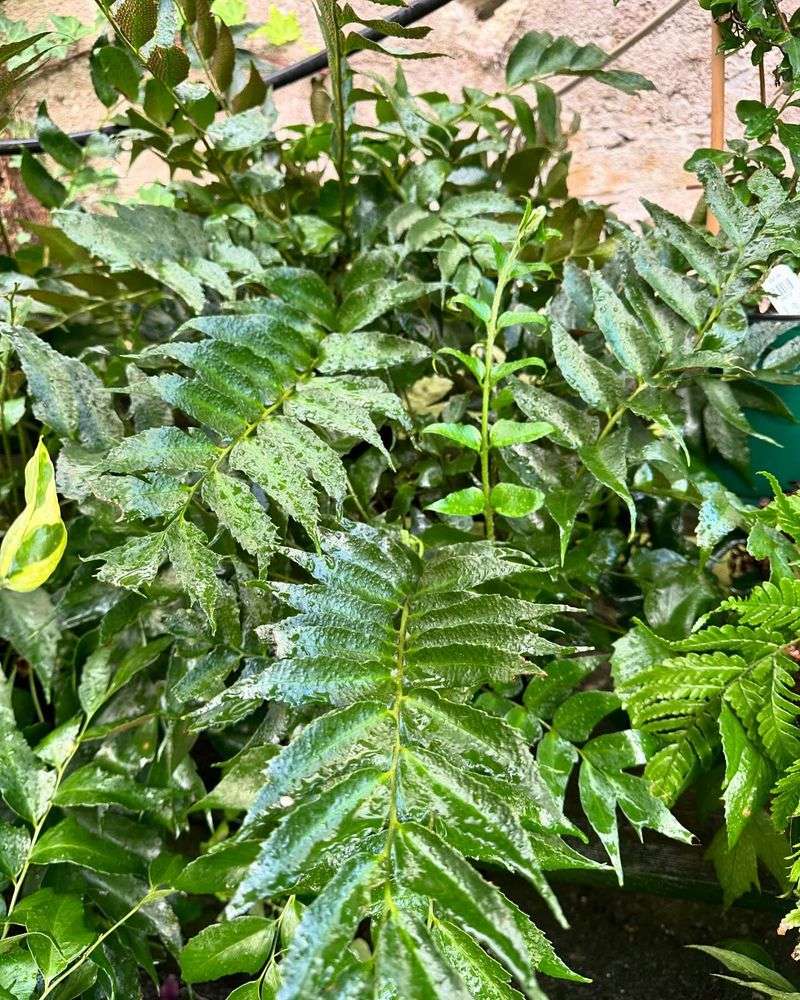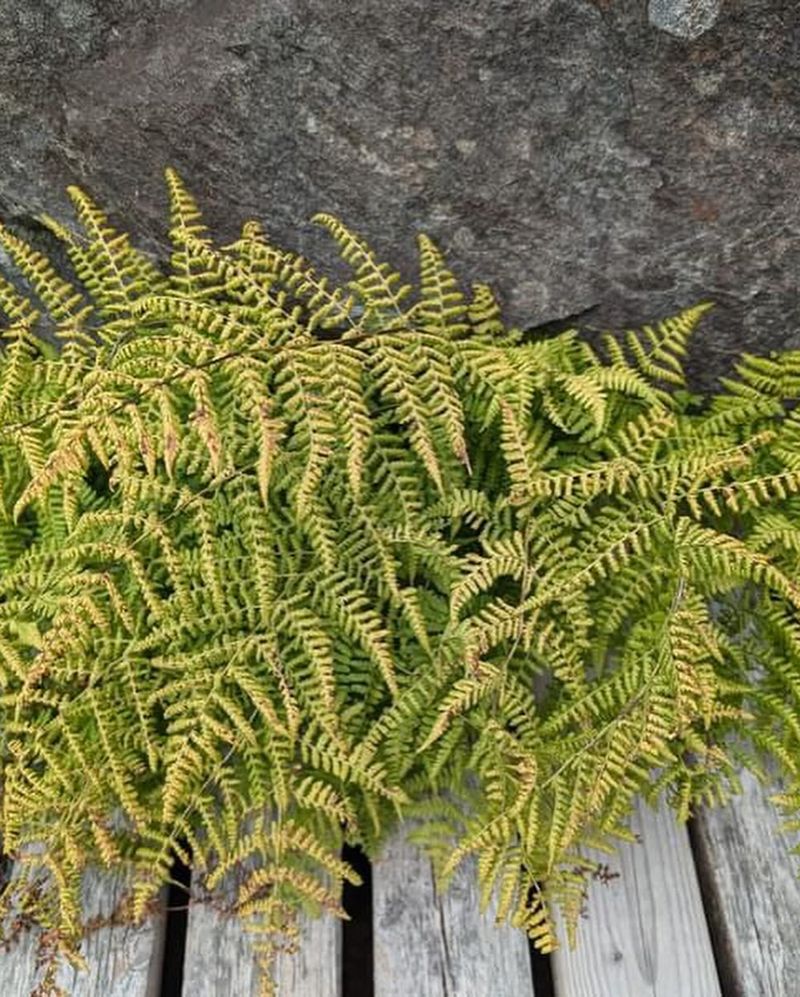Ferns bring a touch of magic to Portland’s micro forest beds with their feathery fronds and woodland charm. These ancient plants thrive in our Northwest climate, creating lush textures that make any garden feel like a peaceful forest retreat.
Adding native ferns to your micro forest not only looks beautiful but also supports local ecosystems and requires less maintenance once established.
1. Lady Fern (Athyrium filix-femina)
Graceful and delicate, Lady Fern creates a fountain of bright green fronds that dance with the slightest breeze. Native to moist woodland areas around Portland, this beauty grows 2-3 feet tall in nice clumps. Lady
Ferns prefer dappled shade and consistent moisture, making them perfect for those tricky spots under trees. Their light, airy texture contrasts wonderfully with broader-leaved plants like hostas or heucheras.
2. Sword Fern (Polystichum munitum)
Portland’s forests wouldn’t be complete without the iconic Sword Fern. Tough yet elegant, these deep green beauties form the backbone of our native understory with their upright, glossy fronds reaching 3-4 feet tall.
Once established, Sword Ferns handle dry summers better than most ferns, making them low-maintenance choices for woodland gardens. Their evergreen nature provides year-round structure and habitat for small creatures even during winter months.
3. Deer Fern (Blechnum spicant)
Featuring two distinct types of fronds, Deer Fern brings architectural interest to shady corners. The evergreen sterile fronds form a low rosette while fertile fronds stand upright in the center like dark sentinels. Deer Fern loves acidic soil and thrives in the damp, cool conditions common in Portland gardens.
Growing just 1-2 feet tall, it’s perfect for smaller spaces or as a front-of-border plant in forest beds where its unique form can be appreciated.
4. Maidenhair Fern (Adiantum aleuticum)
Nothing says woodland elegance quite like our native Maidenhair Fern. With black wiry stems supporting delicate fan-shaped leaflets, these ferns appear to float in the air like green lace. Maidenhairs prefer consistently moist, humus-rich soil and protection from harsh sun and wind.
Plant them near small water features or in sheltered nooks where their fine texture creates a stunning contrast against rocks or bold-leaved companions.
5. Oak Fern (Gymnocarpium dryopteris)
Oak Fern spreads a carpet of bright apple-green triangular fronds that seem to glow in shady spots. Standing just 8-12 inches tall, this woodland gem creates a soft, billowy groundcover effect in forest gardens.
The deciduous nature of Oak Fern means it disappears in winter, making space for early spring ephemerals like trilliums. Its rhizomes spread slowly to form colonies, filling in gaps between larger plants and softening hard edges of paths or rocks.
6. Licorice Fern (Polypodium glycyrrhiza)
Licorice Fern offers a unique woodland experience with its sweet-tasting rhizomes (historically chewed by indigenous peoples) and its unusual growing habit. Often found growing on mossy tree trunks and rocks in Portland’s forests, this adaptable fern brings authentic Northwest character.
The bright green fronds emerge during our rainy season and can go dormant in summer drought. Try growing it on mossy logs or in rock crevices for a truly natural look that celebrates our region’s forest aesthetic.
7. Wood Fern (Dryopteris expansa)
Spreading Wood Fern creates a bold presence with its arching, triangular fronds that form a vase-shaped clump 2-3 feet tall. Semi-evergreen in Portland’s mild climate, it provides structure even through most winters.
Particularly valuable for difficult dry shade areas once established, Wood Fern tolerates root competition from trees better than many other ferns. The young fiddleheads emerge covered in attractive coppery scales in spring, adding seasonal interest to forest beds.
8. Chain Fern (Woodwardia fimbriata)
Giant Chain Fern makes a dramatic statement with its massive fronds that can reach 6 feet tall in ideal conditions. The name comes from the chain-like pattern of spores on the undersides of fronds – a fascinating detail for curious gardeners.
Perfect for creating a prehistoric feel in larger forest gardens, Chain Fern appreciates regular moisture and rich soil. The arching fronds create a fountain-like effect that catches raindrops and morning light beautifully.
9. Soft Shield Fern (Polystichum setiferum)
Lacy and refined, Soft Shield Fern brings an air of English woodland gardens while being perfectly adapted to Portland conditions. The finely-cut fronds have a softer appearance than our native Sword Fern but offer similar evergreen structure.
Growing 2-3 feet tall and wide, this adaptable fern tolerates drier conditions once established. Many gardeners appreciate how the fronds catch and hold dewdrops on misty Portland mornings, creating sparkling garden moments.
10. Autumn Fern (Dryopteris erythrosora)
Autumn Fern delivers year-round color with fronds that emerge coppery-pink in spring before maturing to glossy green. This easy-care fern maintains good looks through Portland winters, providing structure when many plants have gone dormant.
Growing 18-24 inches tall and wide, Autumn Fern fits perfectly in middle positions of forest bed plantings. Its colorful new growth pairs beautifully with spring-flowering native plants like Trillium and Bleeding Heart.
11. Holly Fern (Cyrtomium falcatum)
Holly Fern stands out with glossy, leathery fronds that resemble holly leaves – hence the name. This architectural beauty adds bold texture and an almost tropical feel to Portland forest beds despite being surprisingly tough and adaptable.
Preferring partial to full shade, Holly Fern maintains its good looks through mild winters. The distinctive shiny leaflets catch light differently than other ferns, creating interesting shadow patterns on nearby plants or garden structures.
12. Alpine Lady Fern (Athyrium distentifolium)
Alpine Lady Fern brings a touch of mountain meadow magic to Portland forest beds. Smaller than the common Lady Fern at just 12-18 inches tall, its compact size works wonderfully in tighter spaces or container woodland gardens.
The bright green fronds form neat, tufted clumps that contrast nicely with darker plants or mulch. Naturally adapted to cool, moist conditions, Alpine Lady Fern thrives in Portland’s climate and adds a delicate, feathery texture to any woodland composition.

